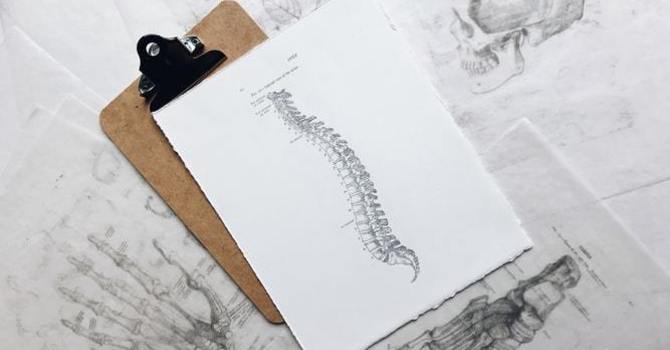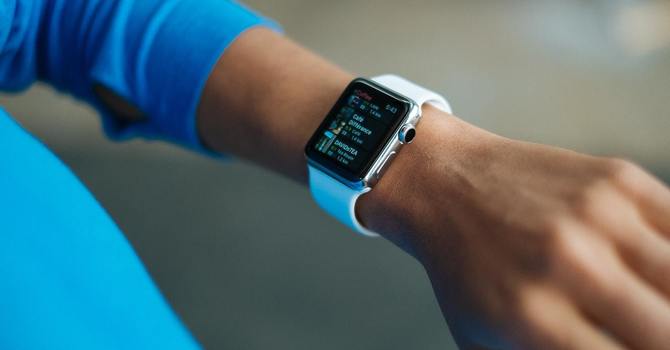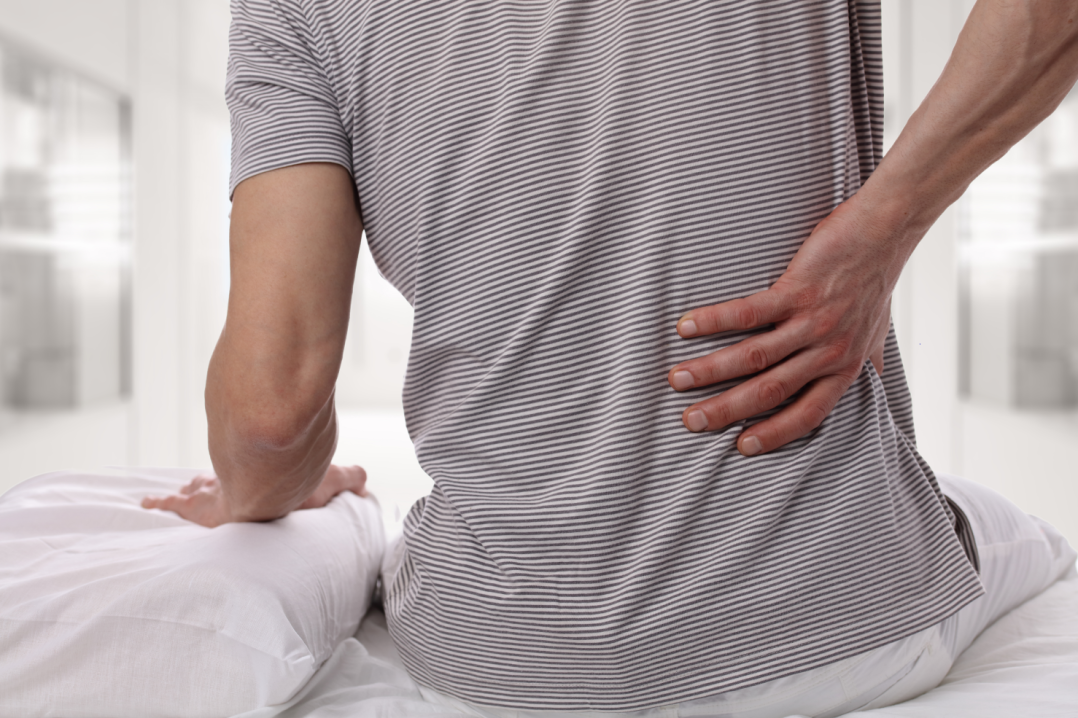
If you suffer from lower back pain, you should read Back Mechanic: the secrets to a healthy spine your doctor isn’t telling you by Stuart McGill Ph.D. (this is not an affiliate link).
This book was written to help the non-physician resolve his or her own back problems. The ultimate goal is to remove stressors from your spine and perform proper movement and strengthening exercises.
According to McGill:
Many back pain sufferers would experience a huge breakthrough in their recovery if they only realized that it was their flawed movement patterns that kept them pain-sensitive.
Much like a scab forming on our skin, our backs are constantly trying to patch and heal themselves. We, however, by continuing to repeat harmful movement patterns in our daily lives cause re-injury. We are essentially ‘picking the scab’.
The body won’t heal if we continue to perform the same motions that led to the original injury. Continued provocation of pain makes nerves sensitive, so the pain is triggered with even less stimulation. We must remove the provocative motions to find the solution.
How Does Pain Sensitivity Work?
People increase their pain sensitivity through repeated stressful and painful loading.
Your muscles and joints are loaded with sensors: pain sensors, pressure sensors, force sensors, chemical sensors. Some detect carbon dioxide, some detect pain, some sense histamine for inflammation.
Human joints are also packed with sensors. These sensors relay your position and movement information to your brain. These signals travel along the sensory nerves; think of these as highways. Along these highways of nerves, there are checkpoints or “gates,” at the junctions.
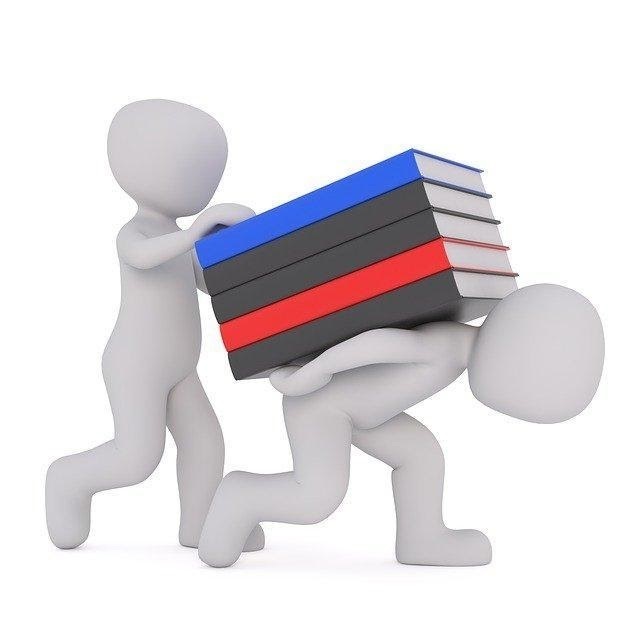
According to the Gate Theory of Pain, the idea is to flood these checkpoints with “good information”—in other words, signals associated with pain-free movement. Pain signals are crowded out because there is no more room for them. Try this: Close your eyes and touch the tip of your nose with your finger—just like in a roadside sobriety test.
How could your finger find your nose with your eyes closed?
Well, because of your body’s sensors!
You’re using kinesthetic sensory organs that run throughout your arm to navigate. These sensors alert the brain to the position of your finger in relation to your nose.
The sensation of this simple, pain-free motion dominates the information traffic on your sensory nerves with feel-good kinesthetic sensory information that identifies position, length, and force.
Finding and repeating pain-free motions in your back will cause the remaining painful activities to hurt less. Please read the previous sentence again – it's really that important!
By incorporating positive movements for your back into your daily routine, you will find that the pain often disappears entirely.
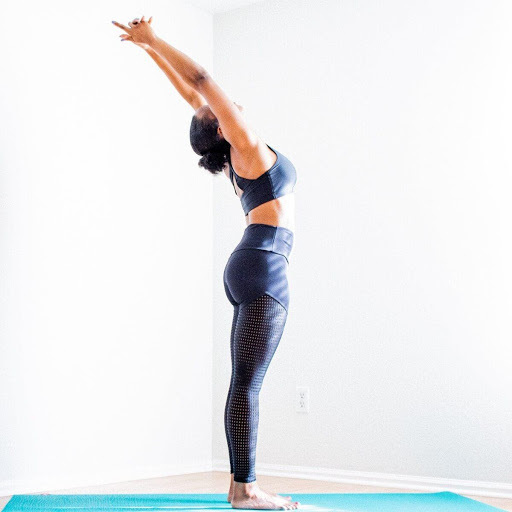
This is because when we remove pain triggers and stop “picking the scab” we give our tissues a chance to rest, heal, and regenerate. Meanwhile, our sensors for pain are actually becoming desensitized. Master this, and you have mastered your back pain.
For those of you that have a known type of injury (a name is attached to your condition), your personal recovery strategy should always begin with avoiding the aggravating posture for your unique spine.
This is key to getting yourself back on track.
It’s not widely known, but various symptoms of back pain have a distinct and known cause (which is why McGill’s book is a valuable resource). Injuries can be avoided if we avoid the injury mechanism itself.
Pain Avoidance Strategies
- Identify the cause of your pain—get an appropriate assessment that provides a specific diagnosis (you find your own by reading chapter 6 of the book by McGill).
- Be more aware of your movements and postures that cause pain.
- Develop replacement postures and movement patterns that enable you to function pain-free.
- Stabilize your torso, core, and spine to remove painful spine joint micro-movements.
- Develop a daily exercise plan that includes walking.
- Mobilize your hips
- Learn to create power at the ball and socket joints (hips and shoulders).
- Learn exercises that are based on patterns of movement: push, pull, lift, carry, lunge, squat, etc.
- Make healthy spine choices when sleeping, sitting, or engaging in more demanding activities.
You’re on your way to learning the secrets of a pain-free lifestyle! Let’s make it happen together. At Prebish Chiropractic, we will get to the root cause of your pain and give you the tools to overcome it. Call today to schedule an appointment!



